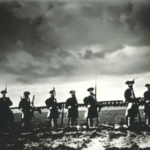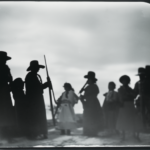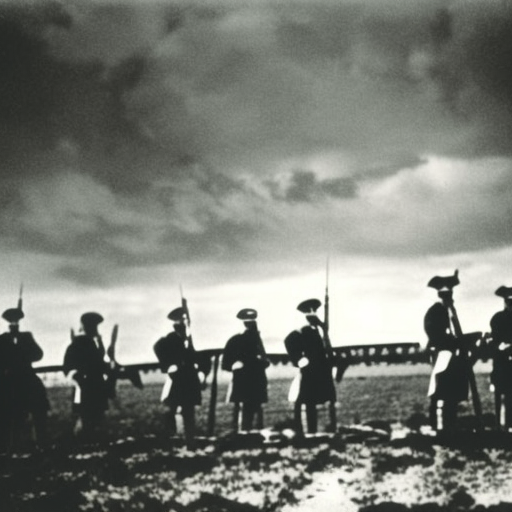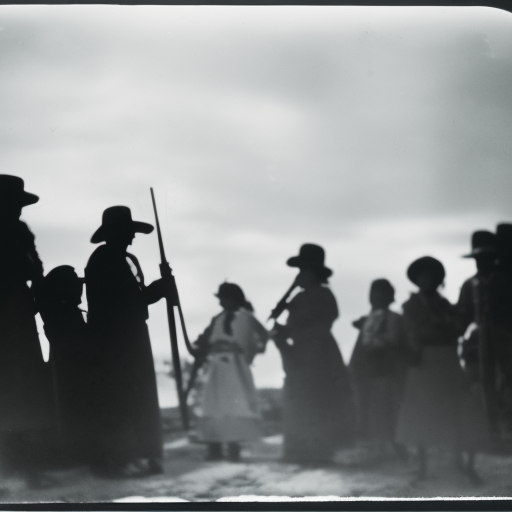The Battle of Yorktown (1781)
The Battle of Yorktown, which took place in 1781, was a decisive engagement in the American Revolutionary War. It marked the culmination of a series of military campaigns and ultimately led to the surrender of British forces under General Charles Cornwallis. The battle took place in Yorktown, Virginia, and involved a combined American and French force led by General George Washington and General Jean-Baptiste de Rochambeau.
Background:
By 1781, the American Revolutionary War had been raging for six years. The British had initially enjoyed significant success, but the tide began to turn in favor of the American colonists after the Battle of Saratoga in 1777. The entry of France into the war as an ally of the Americans further bolstered their chances of victory.
The Southern Campaign:
In an attempt to regain control of the southern colonies, the British shifted their focus to the southern theater of the war. They captured several key cities, including Charleston and Savannah, and gained the support of Loyalist militias. However, the American forces, led by General Nathanael Greene, engaged in a strategy of attrition, avoiding direct confrontations and wearing down the British through guerilla warfare.
The Siege of Yorktown:
In 1781, General Cornwallis moved his forces to Yorktown, Virginia, where he established a fortified position. Meanwhile, General Washington and General Rochambeau devised a plan to trap Cornwallis and his troops. They marched their combined forces south from New York, deceiving the British into thinking they were planning an attack on New York City.
Upon arriving in Virginia, the American and French forces began a siege of Yorktown. The French navy, commanded by Admiral de Grasse, blockaded the Chesapeake Bay, preventing British reinforcements from reaching Cornwallis. The American and French troops bombarded the British defenses, slowly weakening their position.
The Surrender:
As the siege continued, Cornwallis realized that his situation was becoming increasingly dire. With his supplies running low and no hope of relief, he made the decision to surrender. On October 19, 1781, Cornwallis sent out a drummer boy to negotiate terms of surrender. The British troops marched out of Yorktown with their colors cased, symbolizing their defeat.
Significance:
The Battle of Yorktown was a turning point in the American Revolutionary War. The surrender of Cornwallis and his troops effectively ended major British military operations in North America. The victory at Yorktown boosted American morale and convinced the British government that the war was no longer worth pursuing. Peace negotiations began shortly after the battle, ultimately resulting in the Treaty of Paris in 1783, which recognized the independence of the United States.
Legacy:
The Battle of Yorktown is considered one of the most important battles in American history. It demonstrated the effectiveness of combined American and French forces and showcased the military leadership of General Washington. The battle also highlighted the crucial role played by the French navy in securing victory for the Americans. The surrender at Yorktown paved the way for the establishment of the United States as an independent nation and marked the end of British colonial rule in North America.
In conclusion, the Battle of Yorktown in 1781 was a decisive engagement in the American Revolutionary War. It resulted in the surrender of British forces under General Cornwallis and marked the end of major British military operations in North America. The victory at Yorktown played a significant role in securing American independence and is considered a turning point in the war.












